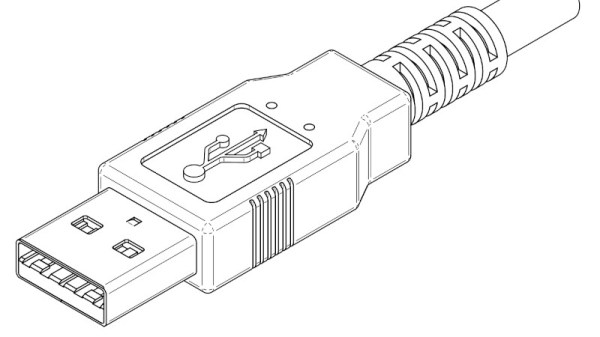On the bench where this is being written, there’s a Mitutoyo vernier caliper. It’s the base model with a proper vernier scale, but it’s beautifully made, and it’s enjoyable to see younger hardware hackers puzzle over how to use it. It cost about thirty British pounds a few years ago, but when it comes to quality metrology instruments that’s really cheap. The sky really is the limit for those in search of ultimate accuracy and precision. We can see then why this Redditor was upset when the $400 Mitutoyo they ordered from Amazon turned out to be nothing of the sort. We can’t even call it a fake, it’s just a very cheap instrument stuffed oddly, into a genuine Mitutoyo box.
Naturally we hope they received a refund, but it does raise the question when buying from large online retailers; how much are we prepared to risk? We buy plenty of stuff from AliExpress in out community, but in that case the slight element of chance which comes with random Chinese manufacture is offset by the low prices. Meanwhile the likes of Amazon have worked hard to establish themselves as trusted brands, but is that misplaced? They are after all simply clearing houses for third party products, and evidently have little care for what’s in the box. The £30 base model caliper mentioned above is an acceptable punt, but at what point should we go to a specialist and pay more for some confidence in the product?
It’s a question worth pondering as we hit the “Buy now” button without thinking. What’s your view? Let us know in the comments. Meanwhile, we can all be caught with our online purchases.
Thanks [JohnU] for the tip.

















